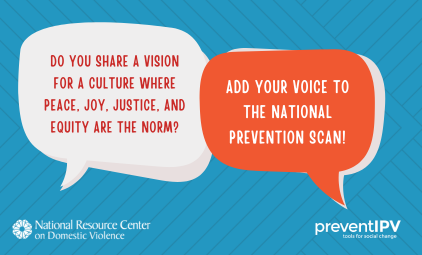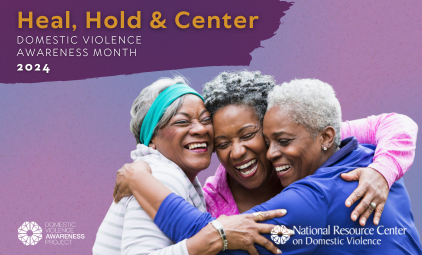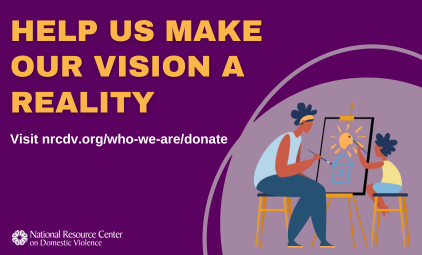A college dean of students recently contacted ![]() NSVRC to purchase materials for training campus groups on sexual violence prevention, particularly interested in the book, Engaging Bystanders in Sexual Violence Prevention. Many reports and studies have shown a high prevalence of sexual violence on college campuses, which leaves students, faculty, staff, and administrators wondering what they can do to change the norms that perpetuate a rape culture. The bystander approach offers one possible solution to deconstructing these harmful norms. Through this approach, any person who witnesses an abusive behavior or hears an oppressive statement takes the responsibility to intervene. Intervening can stop a sexual assault from happening. Beyond that, intervening takes the responsibility off of the person experiencing violence and holds the person engaging in abuse behavior accountable. That one small action, a simple “that’s not cool,” sends a powerful message to everyone who witnesses the event: harmful behaviors are not tolerated in your community.
NSVRC to purchase materials for training campus groups on sexual violence prevention, particularly interested in the book, Engaging Bystanders in Sexual Violence Prevention. Many reports and studies have shown a high prevalence of sexual violence on college campuses, which leaves students, faculty, staff, and administrators wondering what they can do to change the norms that perpetuate a rape culture. The bystander approach offers one possible solution to deconstructing these harmful norms. Through this approach, any person who witnesses an abusive behavior or hears an oppressive statement takes the responsibility to intervene. Intervening can stop a sexual assault from happening. Beyond that, intervening takes the responsibility off of the person experiencing violence and holds the person engaging in abuse behavior accountable. That one small action, a simple “that’s not cool,” sends a powerful message to everyone who witnesses the event: harmful behaviors are not tolerated in your community.
The bystander approach offers opportunities to build communities and a society
that does not allow sexual violence. It gives everyone in the community a specific role in preventing the community’s problem of sexual violence.
CHALLENGING CAMPUS CULTURE
Preventing sexual violence takes a combination of education, resources, and action at multiple levels of our society. The booklet on Bystander Intervention offers great insight on this approach to social change. In addition to this great print resource, the new online learning module on the same topic provides an interactive way for individuals to learn valuable lessons on preventing sexual violence in their communities. On college campuses, prevention involves efforts at both individual and institutional levels. Challenging cultural norms at the individual level may be as simple as learning how to confront gender stereotypes when friends tell sexist jokes. Institutionally, policies and practices should hold individuals who commit sexual violence accountable and honor the rights and well-being of people who experience sexual violence. Organizations like SAFER (Students Active For Ending Rape) and the Campus Accountability Project offer sample language, tips for changing policy, and ideas for advocacy to help in building safer campus culture.
EDUCATION IN ACTION
The dean who requested copies of the Engaging Bystanders booklet shared some ideas about how they were going to use this resource and the accompanying elearning module on their campus. Using a combination of resources and approaches, they hope to hold a meeting with college athletes, introducing the booklet and topic. After this meeting, the athletes will complete the online module and bring their completion certificates to a follow-up meeting to debrief and discuss the new topics and ideas. They also hope to incorporate this material into trainings for residential life and for their student group—Men Opposing Sexual Assault—as a training and facilitation tool. In an effort to educate their whole campus community, they planned a week-long clothes line project, film screenings with discussion, sexual violence programming specific to LGBTQ communities, and hope to have a bystander intervention presentation/forum for the general university and one for the campus Greek community.
With so many great ideas from this one school, we’re wondering what you’re doing to engage bystanders in the prevention of sexual violence! Please share your ideas, programs, and activities here.


















